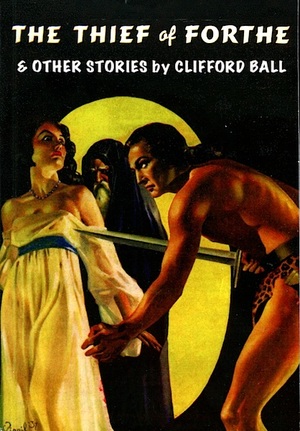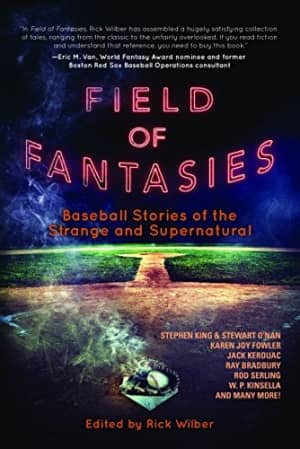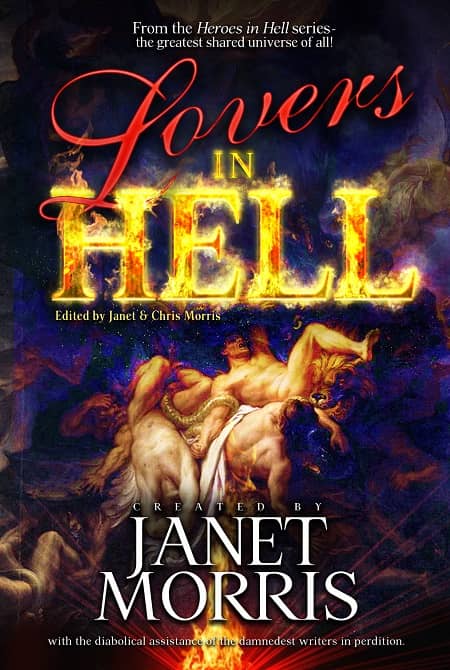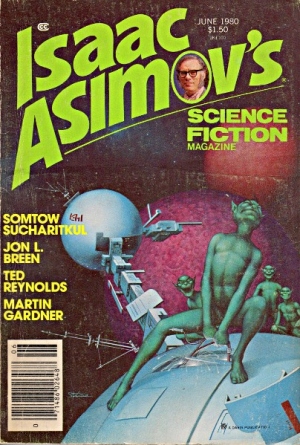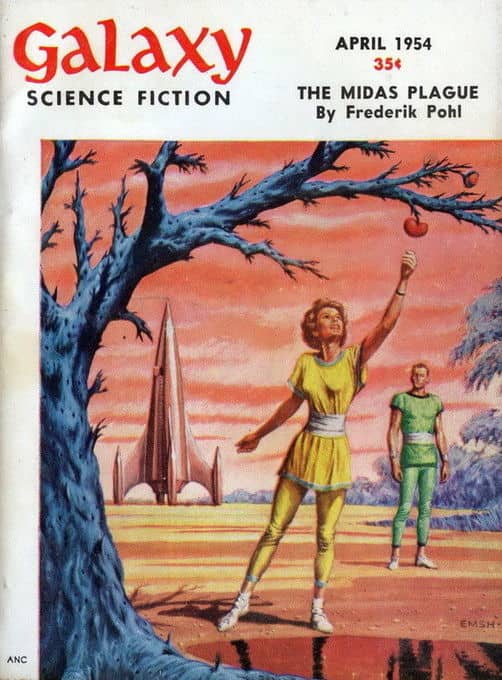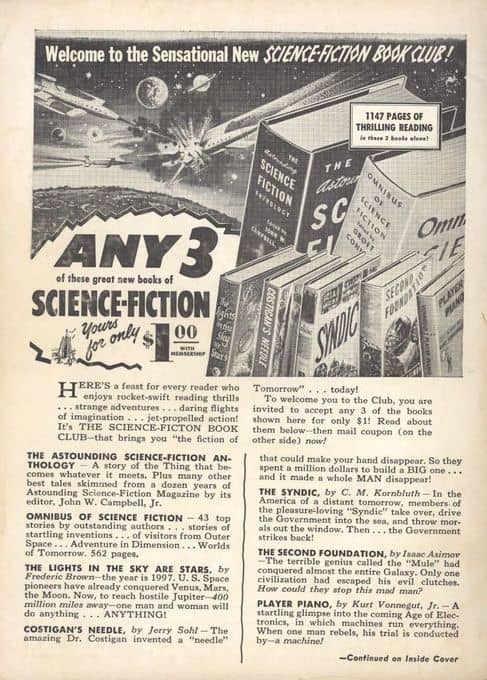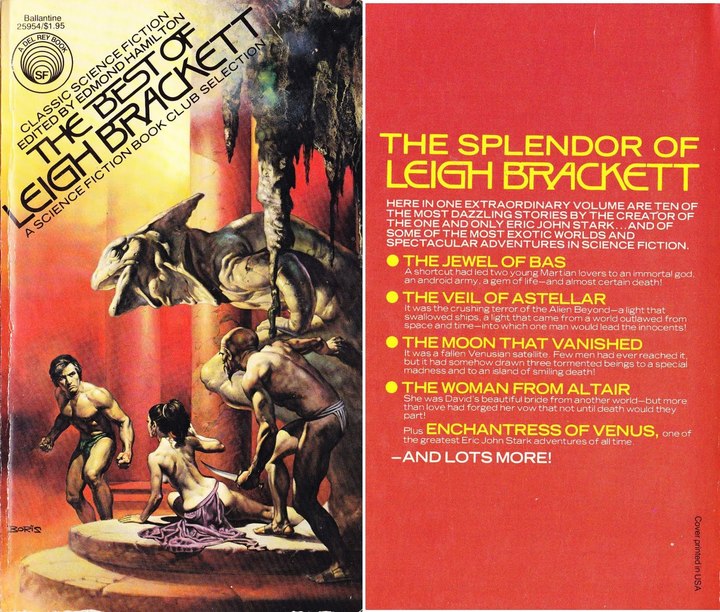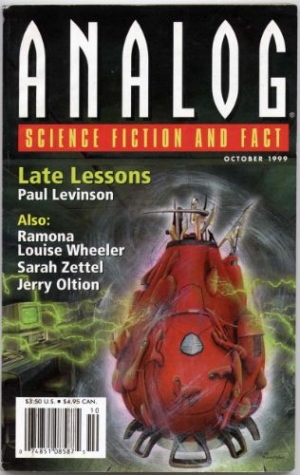Mage: The Hero Denied 12
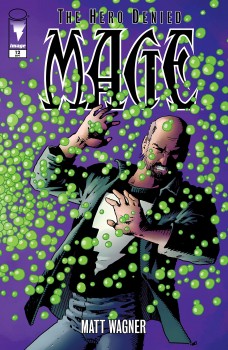 Before we begin this review, you might still be on the fence about whether or not to even start reading this series. If so, there’s a list of eight great reasons to start the series, with number 7 being the very best of them.
Before we begin this review, you might still be on the fence about whether or not to even start reading this series. If so, there’s a list of eight great reasons to start the series, with number 7 being the very best of them.
The way this last mini-series has been set up is that Matt Wagner will release four monthly issues, take a one-month break, release four more monthly issues, then another one-month break, four more monthly issues, a one-month break, then the final three issues. While this process allows everyone involved a bit more breathing room when putting out a regular series, it also ends up creating three extra-special cliffhangers. What that means for issue 12 is that we’re getting to the last special cliffhanger of the series before Matt Wagner finally powers through to the big finale.
It opens with Magda and Hugo stuck on a platform, being attacked by snake women. Last issue, we saw Magda’s Mary Poppins umbrella trick. This issue, we see her Penguin umbrella trick as she uses it as a gun to melt two of them before another one destroys it.
Meanwhile, the Umbra Sprite takes a dip in her pool of darkness in order to gather even more power, stating that “The Three” MUST be united for the plan to work. Of course, she still has no idea about who exactly composes “The Three,” although she’s fairly sure that Kevin and the Fisher King are two of them. Before submerging, she essentially places Karol in charge, warning her that “Sasha is a vain and vapid creature” and “Zophia (is) a slave to her own cruelty.” She then informs her most trusted daughter that all four of the remaining Gracklethorns must be prepared to fight and likely to die in the coming struggle. Given that she murdered one of her daughters in the previous issue, there’s no doubt that the Umbra Sprite is prepared to sacrifice all of them to achieve her goals. It’s also clear that the daughters so fear the Umbra Sprite that they’re willing to die rather than defy her.
Elsewhere, Kevin and Miranda are pursuing the mysterious imp. Despite knocking down some trees, Kevin loses not only the imp, but also the Questing Beast, who slips through a magic portal, sealing the portal behind itself. Even worse than losing their quarry, the magic mirror that Isis gave Kevin to stay in touch with Magda has been cracked.

